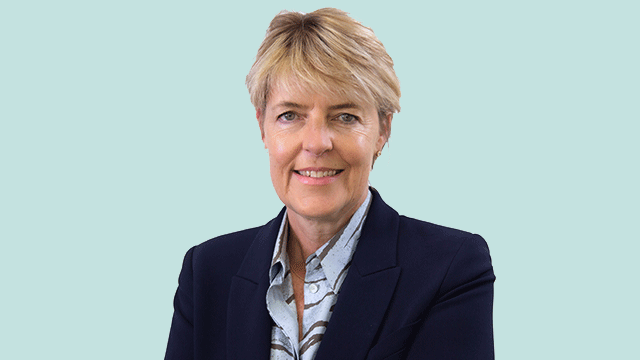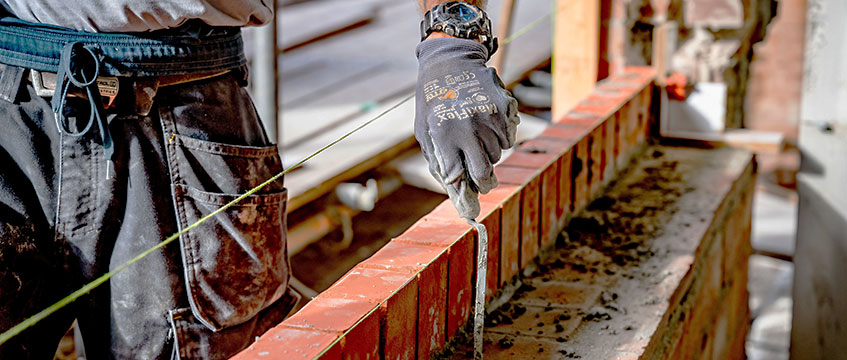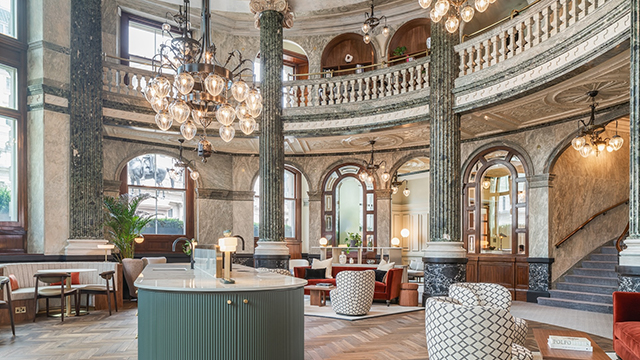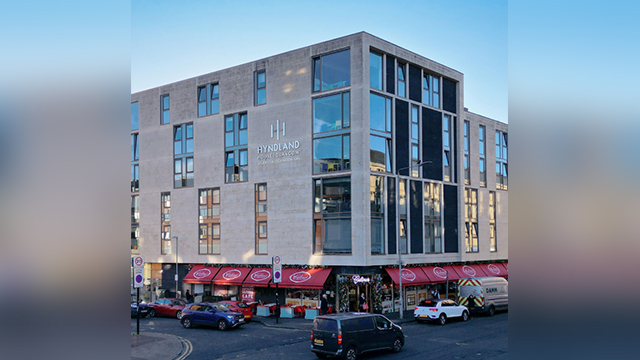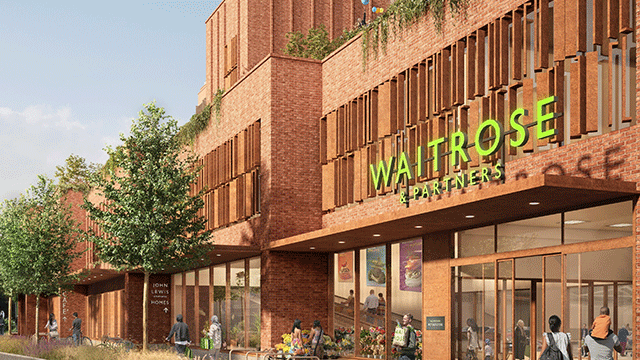by Alex Catalano
With 6.4m sq ft of shopping planned in 12 regional centres in the M25 belt and Docklands, planners in the South East are increasingly worried about the lack of central Government guidance on retail planning.
This concern has led SERPLAN, the South East Regional Planning Conference, to start monitoring retail development. For the first time, its annual publication, Regional Trends in the South East, includes an analysis of shopping.
SERPLAN’s special survey shows that the combined floorspace of only four of the proposed regional centres — at Thurrock, Wraysbury, Hook, and Bricketts Wood — is roughly equivalent to one-fifth of all the new shopping built in Greater London between 1971 and 1981. It is also almost as much as the existing floorspace in all 10 of inner London’s existing strategic centres.
Although the new “freestanding” centres have attracted most attention, SERPLAN says it is also concerned at the potential scale of retail warehousing and town centre schemes. The report identifies a total of 2.1m sq ft in 12 retail warehousing proposals, and a further 11.3m sq ft of new space in 47 town centre projects.
Adding the three types of schemes together, there is 19.8m sq ft of new retail space in chunks of 100,000 sq ft or more planned within the region — some 30% more than was built between 1971 and 1984. “Of particular concern to planners is the cumulative effect of present Government attitudes to the assessed need for more large new stores in out-of-centre locations,” SERPLAN declares.
“While investors in retail property and the major retail developers operate within an uncertain commercial climate — brought about by insufficient guidance from Government upon policy-making and the fundamental restructuring of the retail business — many opportunities are being lost to enhance and improve the attractions of older centres.”
SERPLAN also conducted a special survey of food stores, which shows that the South East is catching up with the rest of the country in the provision of superstores. There are currently 31 stores of 25,000 sq ft or more with planning permission, three times more than in the next most active region, the South West.
The 1985-86 monitoring report also covers trends in population, housing, the regional economy and transport. SERPLAN’s analysis shows that between 1981 and 1984 population in the region increased to 17.1m, approaching the previous 1972 peak. Last year Greater London registered the first growth since the late 1940s.
And, for the first time, the report carries data on new firms. Evidence from VAT registrations shows that over the period 1979 to end 1983, some 45,455 new firms started in the region, an increase of 13%.
However, the South East also has its share of business failures — possibly half of the 1985 total for England as a whole. Unemployment has risen by 14% in three years, and by September 1985 stood at nearly 800,000.
SERPLAN says it is considering Environment Secretary Nicholas Ridley’s strategic guidance, reported June 28, and the trends revealed by the report. Its own views will be published after its July conference.





